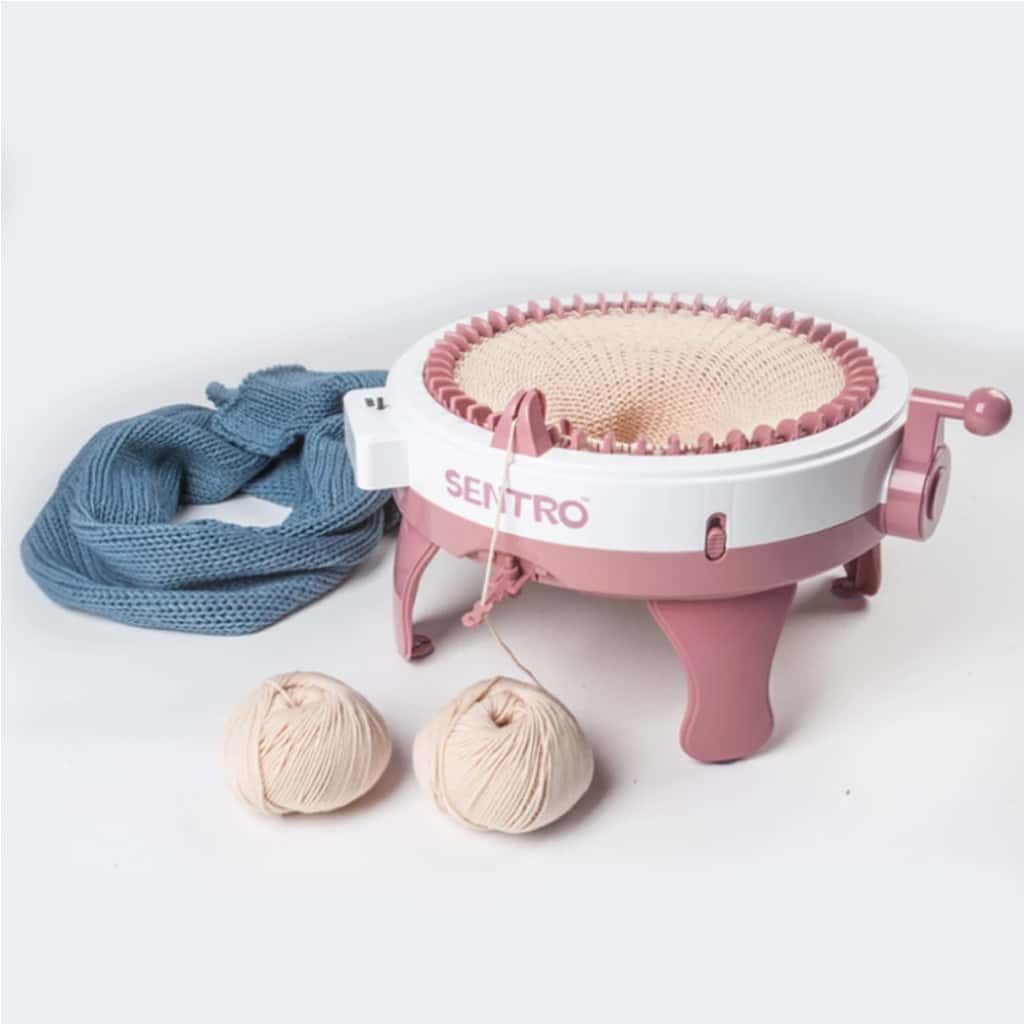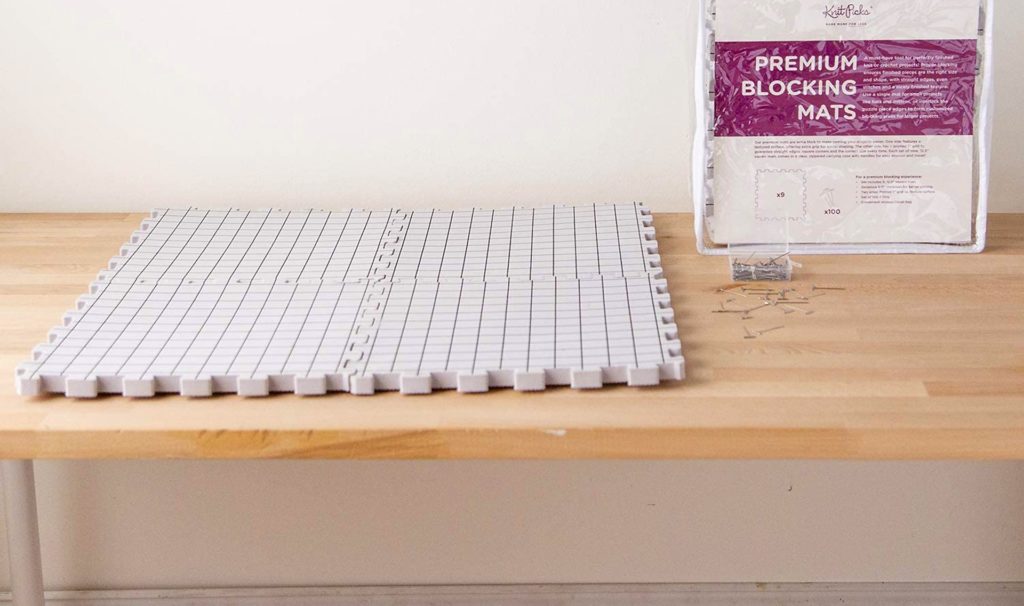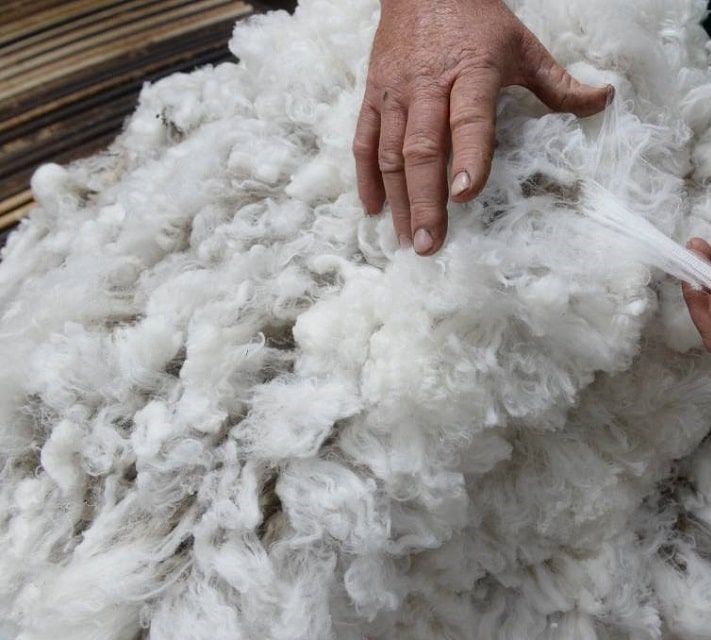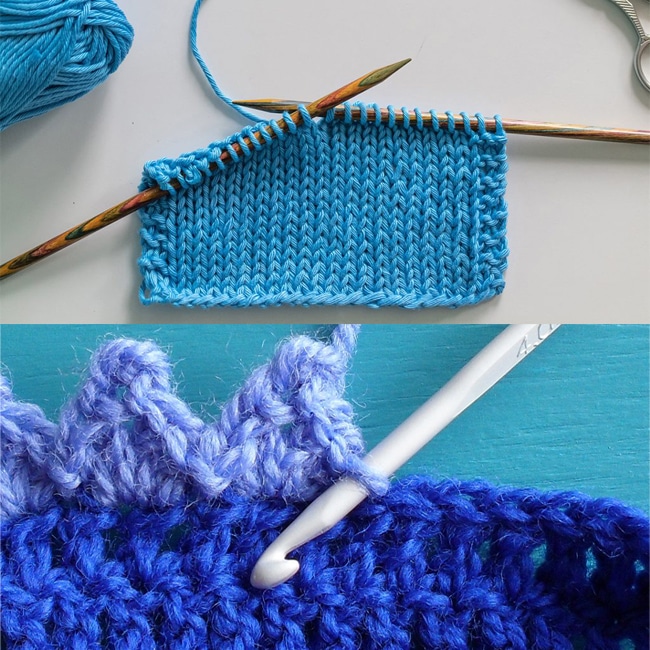

The cotton industry has been doing a great job since cotton is the fabric for our lives. It comes along with so many benefits since it breathes better than other synthetic fibers, easy to wash, absorbent, and easy to care for. Cotton vs. wool, wool fibers tend to be highly flexible and durable and can bend up to 20,000 times without breaking. Silk withstands up to 2,000 bends and rayon up to 75 bends.
Due to their naturally elastic features, wool clothes usually keep their shape, and they seem new for a longer time. During winter, wool will keep you warm, unlike cotton, since the wool fibers trap air pockets, which help insulate you against cold. Besides, wool retains its insulating properties even when wet, unlike cotton. In damp conditions, wool tends to have natural wicking properties that keep moisture away from your skin. Thus, it makes ideal wear for a pole that gets sweaty since wool fabrics tend to make you comfortable and dry. That is why companies go for wool as the ideal when making fitness collections since it is the fabric that gives the best performance.
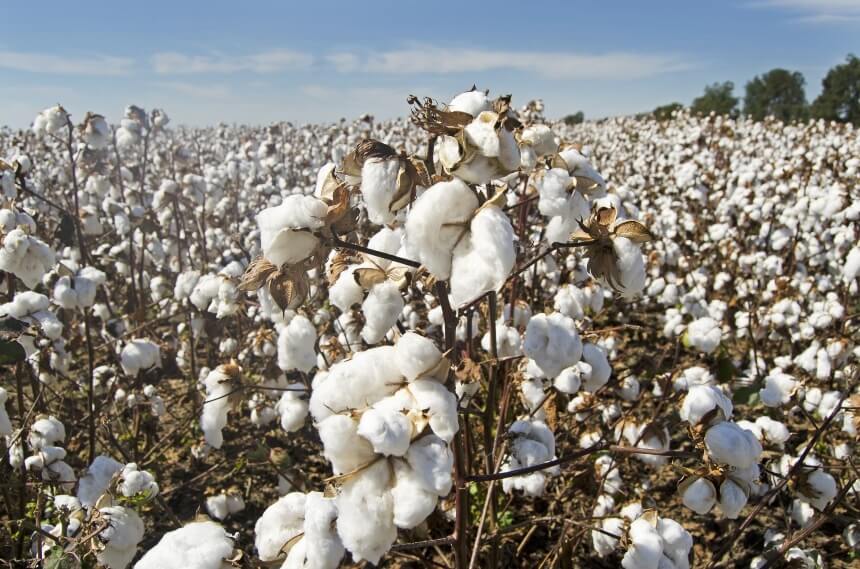
Even though it has high absorbency features, which would be an issue if wearing it in the rain, cotton is a highly breathable material. Like wool, it is a sustainable material since it originates from plants; hence it is also biodegradable.
Cotton fibers are fluffy balls obtained from cotton plants, a common plant around the globe. Every cotton plant will give a fabric that is versatile yet comfortable to wear. Due to its softness and strength, cotton has wide application in making clothes, bedsheets, and upholstery and not forgetting bookbinding and other applications besides textiles. Egyptian and Peruvian cotton typically have long fibers that offer fibers with a silky finish, making it a luxurious feel.

It is preferable to wear cotton in warm weather since it is breathable and lightweight. It is dabbed the fabric of our lives since it is comfortable and versatile with a wide range of uses. Cotton is ideal for making shirts, underwear, and even socks. However, it can be weaved to make other more robust fabrics, including camping tents, bathrobes, and denim jeans.
Besides, cotton absorbs moisture that helps to feel dry for long periods retaining only about one-fifth of its weight in water, making it ideal for wearing it in dry areas.
Cotton also has perfect insulation. Wearing cotton will help you keep cool during hot days while keeping you warm during chilly nights, but it is not a good insulator like wool.
Also, cotton is hypoallergenic, making it suitable for people who have sensitive skin since it rarely causes allergic reactions. That is why it has a wide application in the making of bandages and gauzes for dressing wounds. Most baby clothes usually are made of cotton.
Basing it on most reviews, the ideal material must be Lily Sugar n’ Cream Assortment 6 Pack Bundle from Lily, thanks to its durability and availability in multiple colors. It is the most reliable option.
Even though cotton is a popular choice for many buyers since it is comfortable and soft, it tends to shrink and wrinkle easily hence making it unsuitable for making professional clothing since it needs frequent ironing. Besides, cotton will also wrinkle when their package is in transit. Its water retention levels also make it a wrong choice when making sports clothing since it holds wetness when you work up. Once wet, it also stretches to become saggy, making it uncomfortable at the end of the day.
Cotton has a wide variety of uses due to its performance and comfort. The absorbency and strength make it a suitable fabric for making clothes, including homewares and industrial products such as tents, army uniforms.
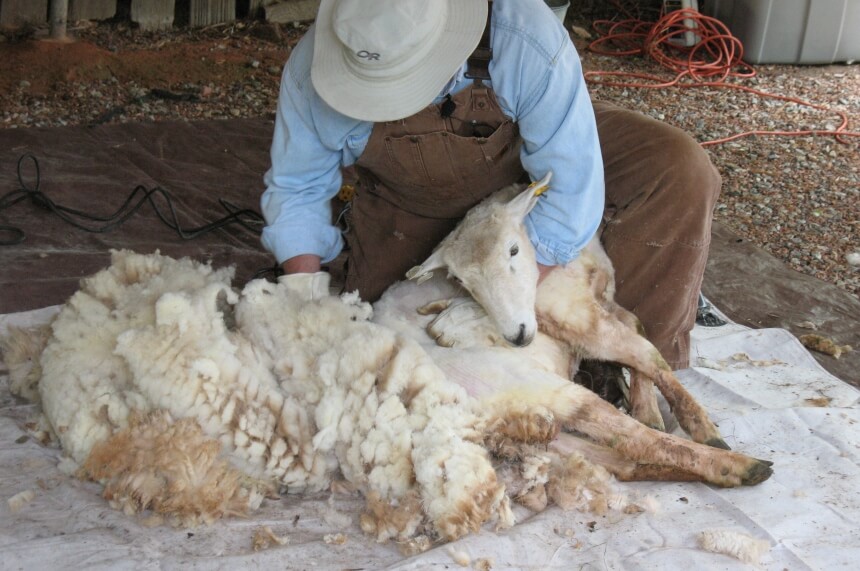

Wool is a fiber that is obtained from animals, including sheep, cashmere, and mohair goats. Wool contains proteins besides some small traces of lipids and has the primary source being merino sheep. It is popular since it is fine hence it is suitable for making luxurious clothing.
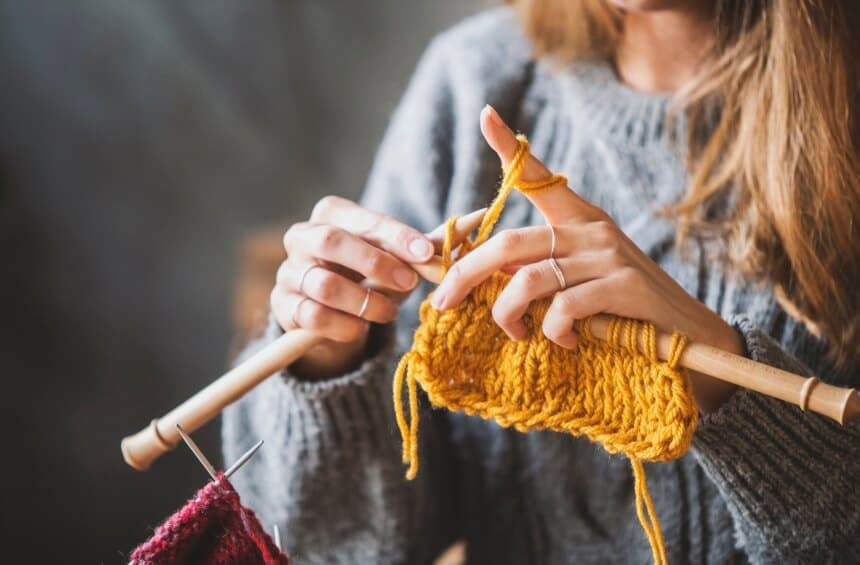
It is natural as it originates from sheep across the world. It is one of the most effective forms of protection against all sorts of weather. Not manmade fibers with such properties have been produced so far. Its comfortable and warm nature makes it the best yarn for scarves.
Wool is biodegradable as it naturally decomposes, adding value to the soil, unlike other fabrics, which take time to decompose.
It is a renewable fabric. As long as there is grass to graze, sheep will grow and produce wooly fleece. Also, woolgrowers keep the environment safe, adding to the wool industry’s sustainability, ensuring future generations will also benefit from this natural material. It is easy to clean since it prevents any marks or stains from being absorbed, and so the dust just piles on the surface hence making it easy to clean.
It is not prone to wrinkle features since wool fiber behaves like coiled strings, which get back to its natural shape once bent; hence it tends not to wrinkle. Hence it adds to the list of your perfect items to pack when going for your holiday.
Taking into account most of the reviews, the most appropriate material is Wool Roving Shep’s Wool Soft Merino for spinning since it is easy to knit with it for school a variety of projects.
Wool is a common fiber for making winter and fall clothing since it has wide application in suits, wool, sweaters, and coats. It is available at high cots since a fine wool cloth can cost up to three times, unlike others made from other fibers. It is worth it for a classic item in your wardrobe since they last long but not for items that you will discard at the end of the season.
Some wool varieties are uncomfortable since they cause itching on sensitive skin. Lower qualities can irritate.
Wool clothing tends to shrink if it is washed and dried with a machine. Thus, you must clean them by hand or take them to a dry cleaner, which means more money and time.

Both wool and cotton are natural fibers which are versatile and hence they have a wide application in the making of sweater, tops, pants and performance wear. Looking at wool vs. cotton, you notice each emerges a champion as it wins on given aspects different from the other, making them suitable for different weather conditions and activities. The history of using the two fabrics traces back to thousands of years as each stands out with distinct properties that enable you to choose one material over the other.
